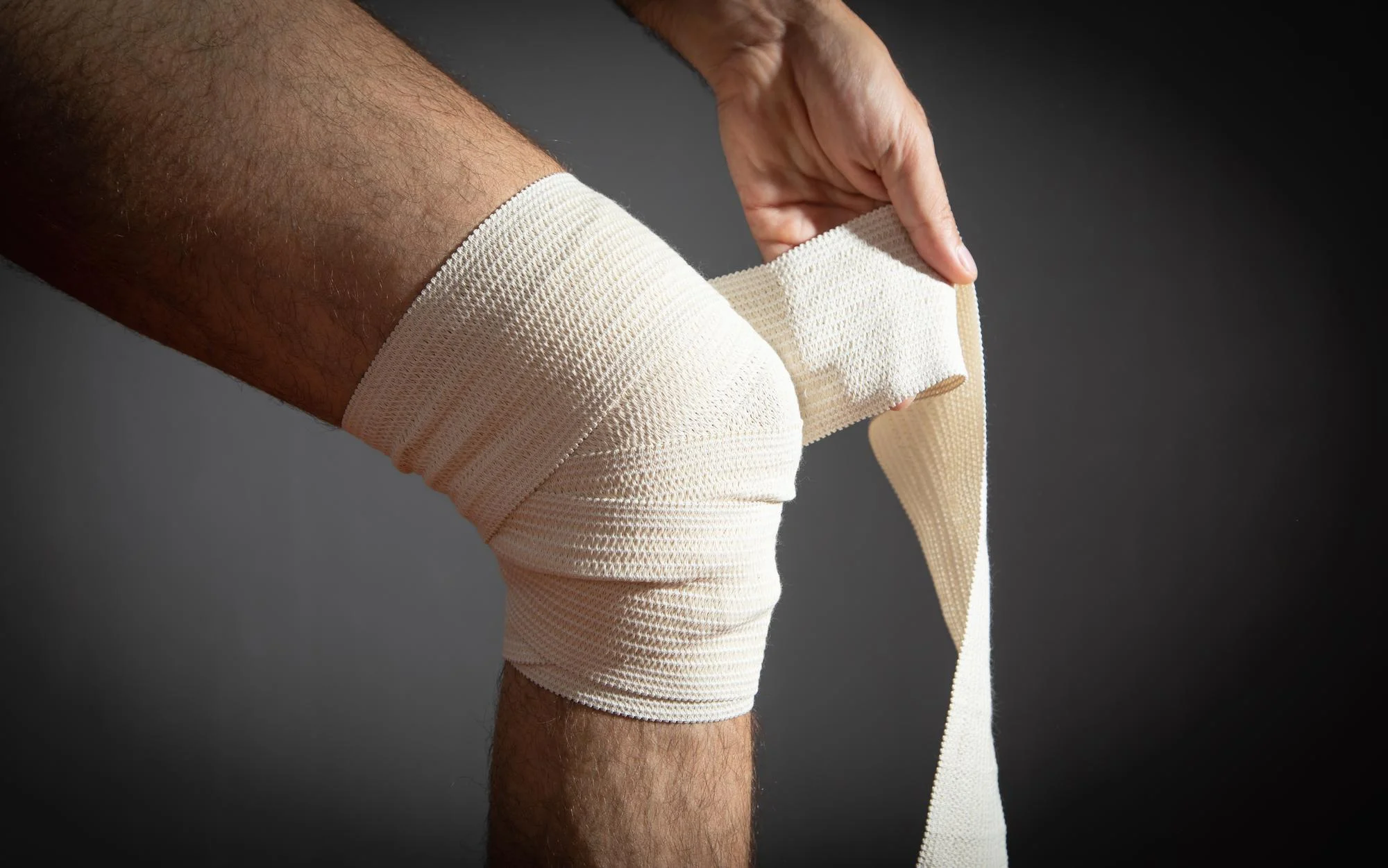Abstract
Total Knee Arthroplasty (TKA), also known as a total knee replacement, is a critical procedure to restore knee function adversely affected by diseases such as osteoarthritis. While generally successful, intraoperative fractures occurring during TKA can have a profound impact on patient recovery and outcomes. A study conducted from 2010 to 2017 identified incidence rates, patterns, management strategies, and outcomes related to such fractures. This article examines these findings in detail.
Introduction
Total Knee Arthroplasty (TKA) has been a beacon of hope for individuals struggling with severe knee joint pain and mobility limitations. Despite the high success rates, intraoperative fractures, although uncommon, pose complications that orthopedic surgeons strive to manage and prevent. The focused study by Agarwala et al. (2019) sheds light on these sporadic yet perplexing fracture patterns, offering an evidence-based approach to treating them and evaluating their impact on postoperative recovery, including physiotherapy regimens and long-term functionality.
Incidence and Patterns of Intraoperative Fractures
The retrospective study conducted by Agarwala and colleagues over a seven-year period involved 3168 primary TKAs, out of which 19 patients developed intraoperative fractures (Agarwala et al., 2019). Most patients experienced fractures during the cementing and final implantation phase, followed closely by exposure and bone preparation, and lastly, during trialing. Notably, the tibia was more frequently affected than the femur, with divergent fracture geometries documented.
Managing Intraoperative Fractures
Successful management of these fractures is contingent upon accurately identifying fracture patterns and implementing correct fixation techniques. For the 19 tibial fractures, nine involving the cortical region were treated either with screws or a combination of sutures and bone cement. Plateau-type fractures were managed using stemmed tibial components. The four distal femoral fractures were addressed through fixation with plates and screws for condylar patterns and screws alone for epicondyle avulsions.
Outcomes and Implications
Union was achieved across all cases, with an average time of 8.9 weeks post-operation. Clinical assessments, such as the Knee Society Score (KSS), indicated favorable outcomes which persisted throughout the follow-up period (Agarwala et al., 2019). The study confirms that while challenging, effective intraoperative fracture management during TKA can yield excellent results without necessitating revision surgery or leading to additional complications.
Implications for Physiotherapy and Long-Term Outcomes
A critical aspect of post-TKA care is the rehabilitation process, which the study indicates is not adversely affected by these intraoperative fractures, assuming proper management. This suggests that patients can maintain the standard physiotherapy protocol and still achieve favorable long-term knee function.
Discussion
The study by Agarwala and colleagues provides an invaluable reference for orthopedic surgeons. It highlights the need for vigilance and preparation to manage the rare but impactful event of an intraoperative fracture during TKA. Clinicians should be aware of potential risks and interventional strategies to ensure patient safety and functional recovery.
Across the literature, intraoperative fractures during TKA have been recognized as a potential complication (Pinaroli et al., 2009; Alden et al., 2010). Agarwala’s study contributes to the understanding of fracture patterns, beneficial interventions, and recovery trajectories, offering reassurance that these incidents should not deter the pursuit of TKA in eligible patients. The detailed management options described serve as a guide to navigate through such complications successfully.
Moreover, the study reflects a continuity in the development of TKA techniques, emphasizing iterations that aim at maximizing patient outcomes and minimizing adverse events (Kim et al., 2006; Clarke et al., 2006). The inclusion of robust postoperative protocols, including rigorous physiotherapy, reinforces the holistic approach needed for successful TKA surgery.
Conclusions
Intraoperative fractures during TKA, while rare, demand astute identification and treatment to safeguard patient outcomes. The study by Agarwala et al. offers comprehensive insights into fracture patterns, successful management strategies, and the reassuring impact on physiotherapy protocols and longer-term results.
Recommendations
Orthopedic surgeons are advised to be prepared for managing such fractures and incorporate the findings of this study into their practice. Additionally, continuous review of surgical techniques and outcomes should be maintained to prevent and manage intraoperative fractures effectively.
References
1. Agarwala, S. S., Bajwa, S. S., & Vijayvargiya, M. M. (2019). Intraoperative fractures in primary Total Knee Arthroplasty. Journal of clinical orthopaedics and trauma, 10(3), 571–575. https://doi.org/10.1016/j.jcot.2018.10.009
2. Alden, K. J., Duncan, W. H., Trousdale, R. T., Pagnano, M. W., & Haidukewych, G. J. (2010). Intraoperative fracture during primary total knee arthroplasty. Clinical Orthopaedics and Related Research, 468(1), 90–95. https://doi.org/PMC2795828
3. Pinaroli, A., Piedade, S. R., Servien, E., & Neyret, P. (2009). Intraoperative fractures and ligament tears during total knee arthroplasty. Orthopaedics & Traumatology: Surgery & Research, 95(3), 183–189. https://doi.org/19423419
4. Kim, K. I., Egol, K. A., Hozack, W. J., & Parvizi, J. (2006). Periprosthetic fractures after total knee arthroplasties. Clinical Orthopaedics and Related Research, 446, 167–175. https://doi.org/16568003
5. Clarke, H. D., Fuchs, R., Scuderi, G. R., Mills, E. L., & Scott, W. N. (2006). The influence of femoral component design in the elimination of patellar clunk in posterior-stabilized total knee arthroplasty. Journal of Arthroplasty, 21(2), 167–171. https://doi.org/16520202
Keywords
1. Total Knee Arthroplasty Complications
2. Intraoperative Fracture Management
3. TKA Intraoperative Outcomes
4. Knee Replacement Surgery
5. Orthopedic Surgery Best Practices
